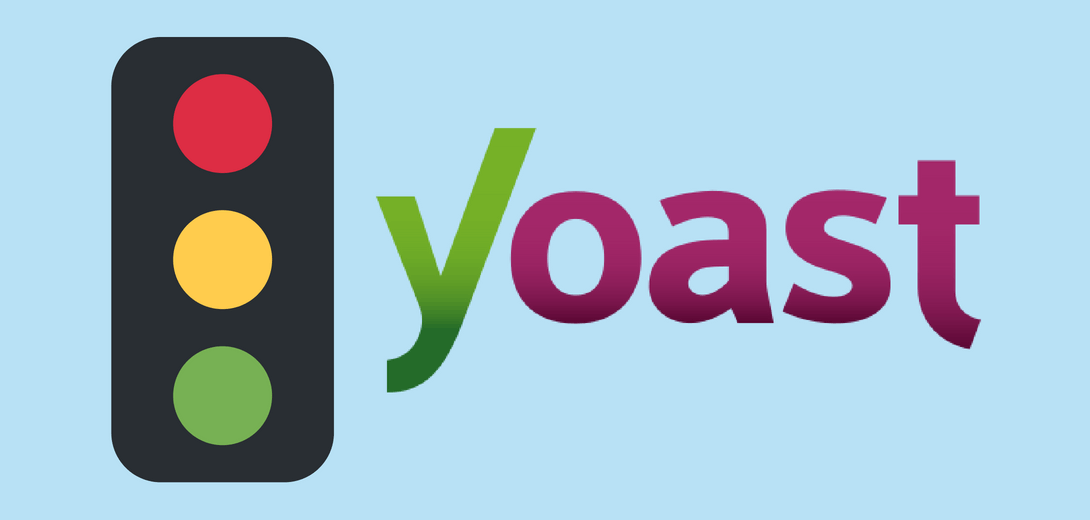In the quest to rank higher on search engines, many businesses focus solely on keywords. While that may be a lofty goal and a reasonable approach, there is another way – establishing yourself as a thought leader in your industry. To achieve this, you must dig deeper and understand the “why” behind the searches. That’s where search intent comes in.
This post introduces the concept of search intent and explains why it’s crucial for building a content strategy that cements your brand as a respected and influential voice. This, in turn, increases your brand authority and directly affects your ranking.
What is Search Intent?
Search intent refers to the reason or goal someone has when they type a query into Google (or any other search engine). It goes beyond the specific words they use, seeking to understand the problem they want to solve, the question they need to be answered, or the action they intend to take.
While there are nuances, search intent generally falls into these categories:
- Informational: Seeking answers, knowledge, or understanding. (Example: “best practices for project management in the power sector”)
- Navigational: Looking for a specific website or webpage. (Example: Healthtracka – health tech firm in Nigeria)
- Transactional: Intending to buy something or complete an action. (Example: “hire a website design agency in Lagos”)
- Commercial: Researching products/services before a potential purchase. (Example: “oil and gas accounting software comparison”)
Why Search Intent is Key for Thought Leadership
Thought leaders don’t just chase traffic; they establish themselves as trusted sources of reliable, insightful information within their industry. Understanding search intent allows you to:
- Solve Real Problems: Discover the questions, pain points, and challenges your ideal audience faces.
- Provide True Value: Create content that directly addresses the needs your audience is actively searching for.
- Build Trust: Demonstrate expertise by offering answers potential clients or partners seek.
- Influence Decisions: Shape the conversation in your niche by addressing the questions that matter during the research and decision-making phase.
How to Discover Your Audience’s Search Intent
Several tools and techniques can help you uncover what your target audience is searching for and the purpose behind their searches. Here’s a breakdown of the most effective ones:
- Google Search Features: Google provides incredibly valuable (and free!) insights directly within the search results.
- “People Also Ask”: This expandable section shows questions related to the initial search. Pay close attention to these for informational intent clues. Example: Search for “interior design trends” might reveal “People Also Ask” questions like “What colour palettes are in for 2024?”
- “Related Searches”: At the bottom of the search page, these suggest alternative or more specific queries people use. This can reveal search intent variations.
- Keyword Tools: Platforms like SEMrush, Ahrefs, or even free ones like AnswerThePublic offer features specifically focused on uncovering intent. Look for:
- Question-Based Keywords: See what questions people search for that include your target keywords (Example: “how to find a good plumber”)
- Comparative Keywords: Searches for “X vs Y” or “best Y” indicate commercial intent, comparing options before a decision.
- Social Listening: While not search-engine specific, monitoring platforms where your audience interacts reveal their pain points and discussions.
- Industry Forums: Use search functions within relevant forums (e.g., Reddit, Quora) to find threads addressing problems you can solve.
- Social Media: Monitor brand mentions, competitor analysis, and relevant hashtags to see what questions people have in your niche.
- Search Listening: For in-depth insights, dedicated search listening tools help you monitor and analyze a wider range of online searches related to your industry for a complete picture of your audience’s intent.
- Google Trends: Track search interest in topics over time. Spikes in searches may indicate emerging trends.
- Social Media Analytics: Specific tools offer more precise insights into what’s being searched within social platforms.
Uncovering search intent is an ongoing process. Audience needs, trends, and even the way people phrase their searches can evolve. Regular monitoring using these techniques keeps your content strategy aligned with current needs.
Putting Intent Into Action
Knowing what your audience is searching for is just the first step. To establish thought leadership, you need to create content strategically aligned with the intent behind the searches. Here’s a quick example:
- Search: “How to choose a reliable contractor” (Informational intent)
- Thought Leadership Response: A guide addressing common red flags, selection criteria beyond price, and questions to ask during interviews.
Conclusion
Understanding search intent is the key to moving beyond surface-level content and truly connecting with the people you want to influence. When you consistently provide the answers, insights, and solutions your audience seeks, you organically build authority and position yourself as a thought leader within your field.
Want to dive deeper into how search intent can transform your content strategy? Check out our other posts on informational intent, navigational intent, commercial intent, and transactional intent





